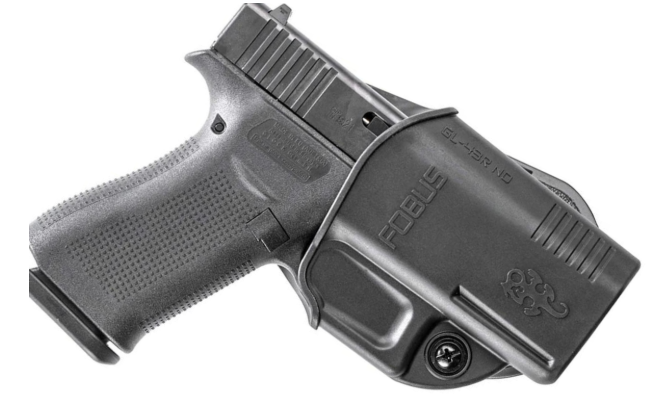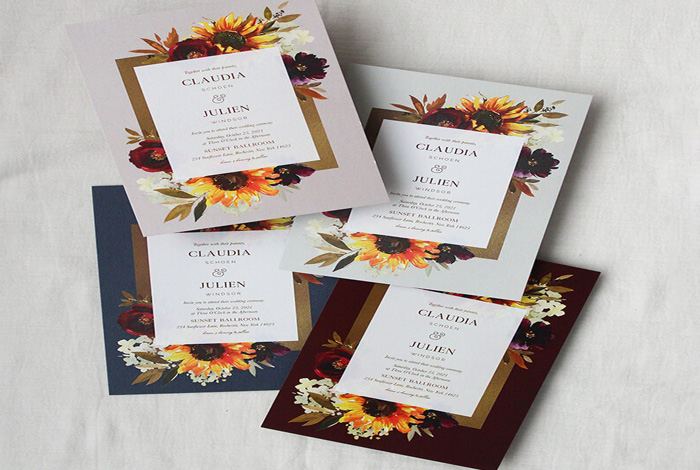OWB Holster Glock 43 Maintenance: How to Keep It Clean, Safe, and Reliable

When it comes to concealed carry, your gear is only as good as the care you put into it. One of the most crucial yet often overlooked components is the holster. For Glock 43 owners who prefer the accessibility and comfort of an outside-the-waistband (OWB) holster setup, regular maintenance is essential. Without proper care, even the best holster can become a liability, compromising your safety and damaging your firearm. In this blog, we’ll explore why holster maintenance matters and how you can keep your OWB holster Glock 43 in peak condition for daily reliability and performance.
Why OWB Holster Maintenance Matters
Your OWB holster is more than just a carrying solution—it’s a protective barrier between your firearm and the elements. Daily wear, exposure to sweat, dirt, dust, and environmental conditions can lead to accelerated degradation of both your firearm and its holster. A neglected holster may not only wear out faster but can also cause excess friction, poor retention, or even fail to secure your Glock 43 when you need it most.
Additionally, proper maintenance can extend the life of both your holster and your handgun. It ensures smooth draw and re-holstering motions, maintains retention integrity, and helps preserve the look and function of your gear. Whether you carry daily or just occasionally, routine upkeep should be part of your firearm handling routine.
Types of OWB Holsters for Glock 43 and Their Maintenance Needs
Different materials require different approaches when it comes to cleaning and care. Let’s take a look at the most common OWB holster types and how to maintain them:
Kydex OWB Holsters
Kydex is one of the most popular materials for OWB holsters due to its rigidity and resistance to moisture. However, even Kydex can accumulate grit and debris that may scratch your firearm over time.
Maintenance Tips:
- Wipe down the inside and outside regularly with a damp microfiber cloth.
- Use compressed air to blow out dust and particles from corners and crevices.
- Apply a silicone cloth occasionally to help maintain the surface and prevent excessive wear on contact points.
Leather OWB Holsters
Leather offers a traditional aesthetic and molds to your Glock 43 over time for a snug fit. However, it’s more vulnerable to moisture, sweat, and environmental damage.
Maintenance Tips:
- Clean with a soft, dry brush or a damp cloth to remove surface grime.
- Apply a quality leather conditioner periodically to keep the leather supple and prevent cracking.
- Store in a cool, dry place away from direct sunlight and extreme heat.
Hybrid OWB Holsters
Hybrid holsters combine materials like leather backing with Kydex shells. These offer comfort and durability but require dual maintenance techniques.
Maintenance Tips:
- Clean the Kydex portion as noted above.
- Condition the leather backing as needed.
- Check screws and attachments regularly to ensure nothing has loosened over time.
Best Practices for Holster Glock 43 Maintenance
No matter which material your holster is made of, these general best practices apply:
- Daily Inspection: A quick visual and tactile check of your OWB holster can reveal wear, cracks, or loosened hardware before they become a problem.
- Check Retention: Your holster should always securely hold your firearm in place. Test it regularly to ensure it’s not too loose or overly tight.
- Avoid Overexposure: Excessive heat, direct sunlight, and moisture can cause your holster to warp or degrade. Never leave it in a hot car or expose it to water unnecessarily.
- Maintain Hardware: Screws, rivets, and belt clips can wear out or come loose over time. Keep them tightened and replace worn parts as needed.
- Safe Storage: When not in use, store your OWB holster Glock 43 setup in a cool, dry place, ideally separated from your firearm unless ready for immediate use.
Troubleshooting Common Holster Issues
Maintaining your firearm holster also means being aware of potential issues and addressing them quickly. Here are a few to watch out for:
- Excessive Wear or Cracks: Especially around the trigger guard area. Replace the holster immediately if you notice a structural compromise.
- Retention Issues: If your Glock 43 slides in or out too easily, retention screws may need tightening, or the holster may be too worn.
- Discomfort or Rubbing: Over time, the holster may shift or develop edges that rub uncomfortably against the skin. Light sanding or adjusting the carry position can help alleviate the issue.
Conclusion
Holster maintenance is often overlooked, but it should be an integral part of your everyday carry (EDC) care routine. By maintaining your holster Glock 43 setup properly, you’re ensuring not just the longevity of your gear but also your personal safety and confidence in everyday carry. Just like your firearm needs cleaning after a trip to the range, your OWB holster requires regular maintenance after use. A clean, safe, and reliable OWB holster can make all the difference when it matters most.











